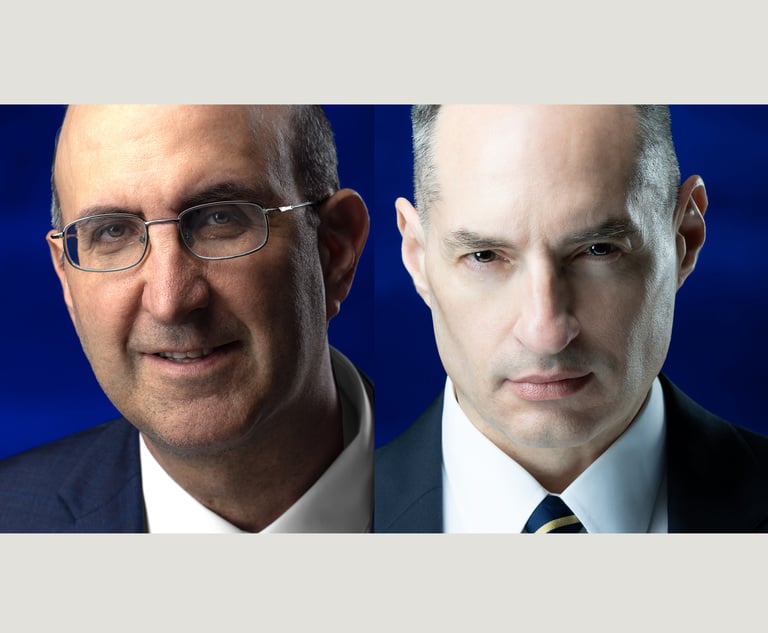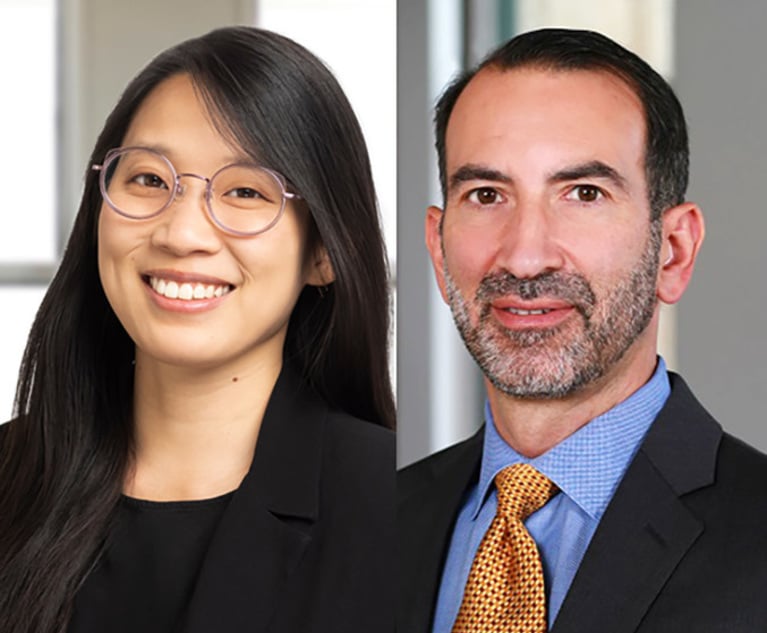Five minutes before the end of the 2020 legislative session, California legislators passed a law that could drastically alter jury selection in state court trials. Designed to address bias in jury selection, the law changes the framework for deciding whether the exercise of a peremptory challenge is discriminatory, with the goal of rooting out and deterring implicit bias. Proponents of the law note that historical bias in jury selection has resulted in less diverse juries than the pool presents and say change was long overdue. Others say the law will do more harm than good.
What are the changes? Starting Jan. 1, for criminal trials and on Jan. 1, 2026 for civil trials, judicial oversight of jury selection will be designed to not only prevent intentional discrimination but to end implicit bias. The court will no longer assess whether the peremptory was exercised as a result of purposeful discrimination, as held in Batson v. Kentucky, 476 U.S. 79 (1986) and People v. Wheeler, 22 Cal. 3d 258 (1978). Instead, the court must consider whether there is a substantial likelihood an objectively reasonable person—defined as one who is aware of unconscious bias and its impact on the justice system—would view the challenge as related to the juror’s race, ethnicity, gender, gender identity, sexual orientation, national origin or religious affiliation. Thus, rather than assessing the actual, subjective motivations of the attorney or party exercising the peremptory, this new, objective test considers how a reasonable person, aware of and sensitive to the issues of unconscious bias, would view the juror challenge.


 Mari Henderson, left, and Diane M. Doolittle, right, of Quinn Emanuel Urquhart & Sullivan. Courtesy Photos.
Mari Henderson, left, and Diane M. Doolittle, right, of Quinn Emanuel Urquhart & Sullivan. Courtesy Photos.




